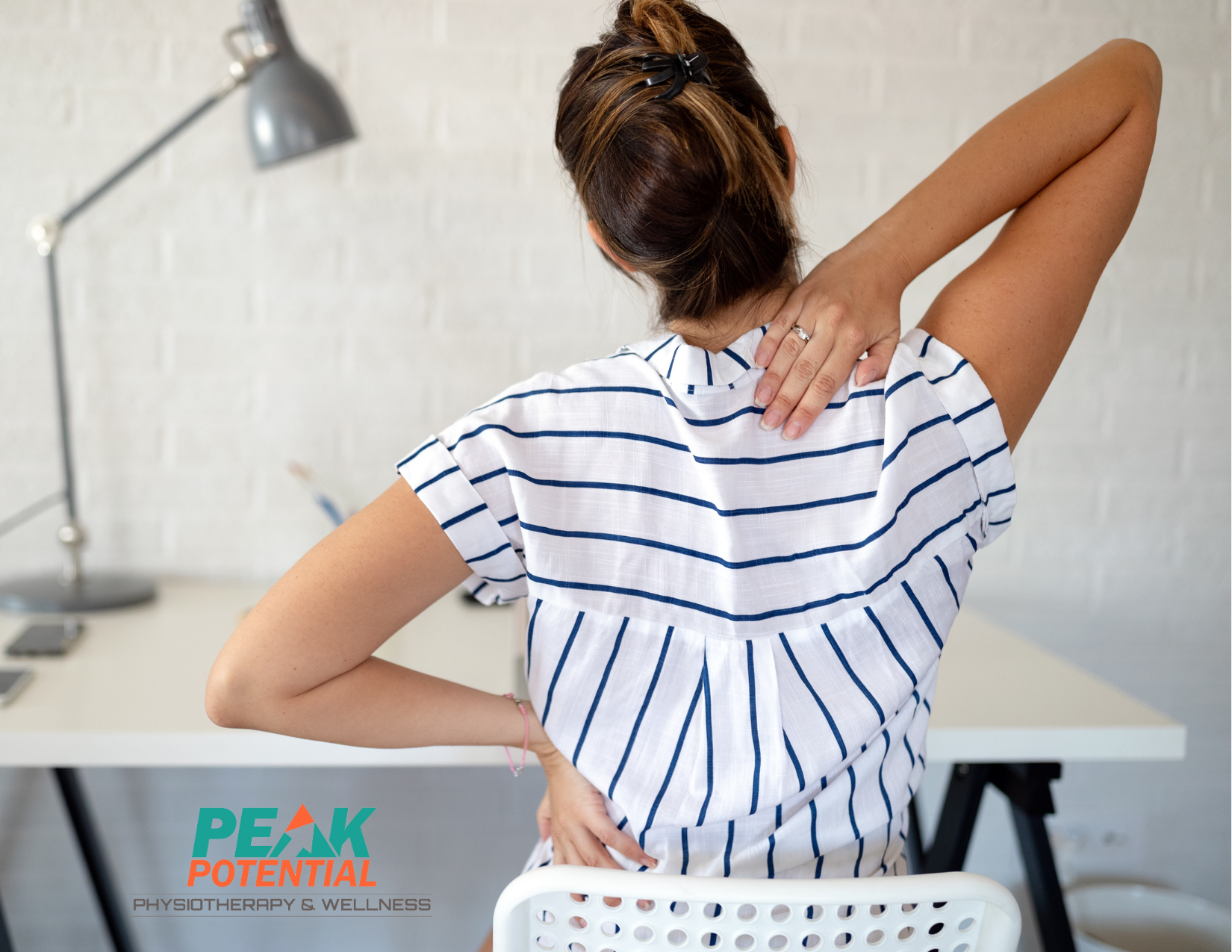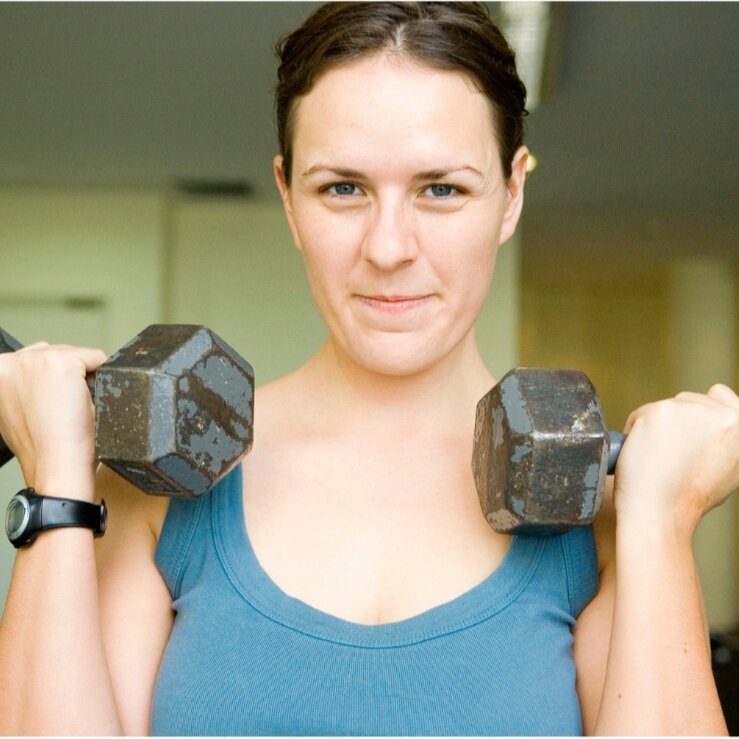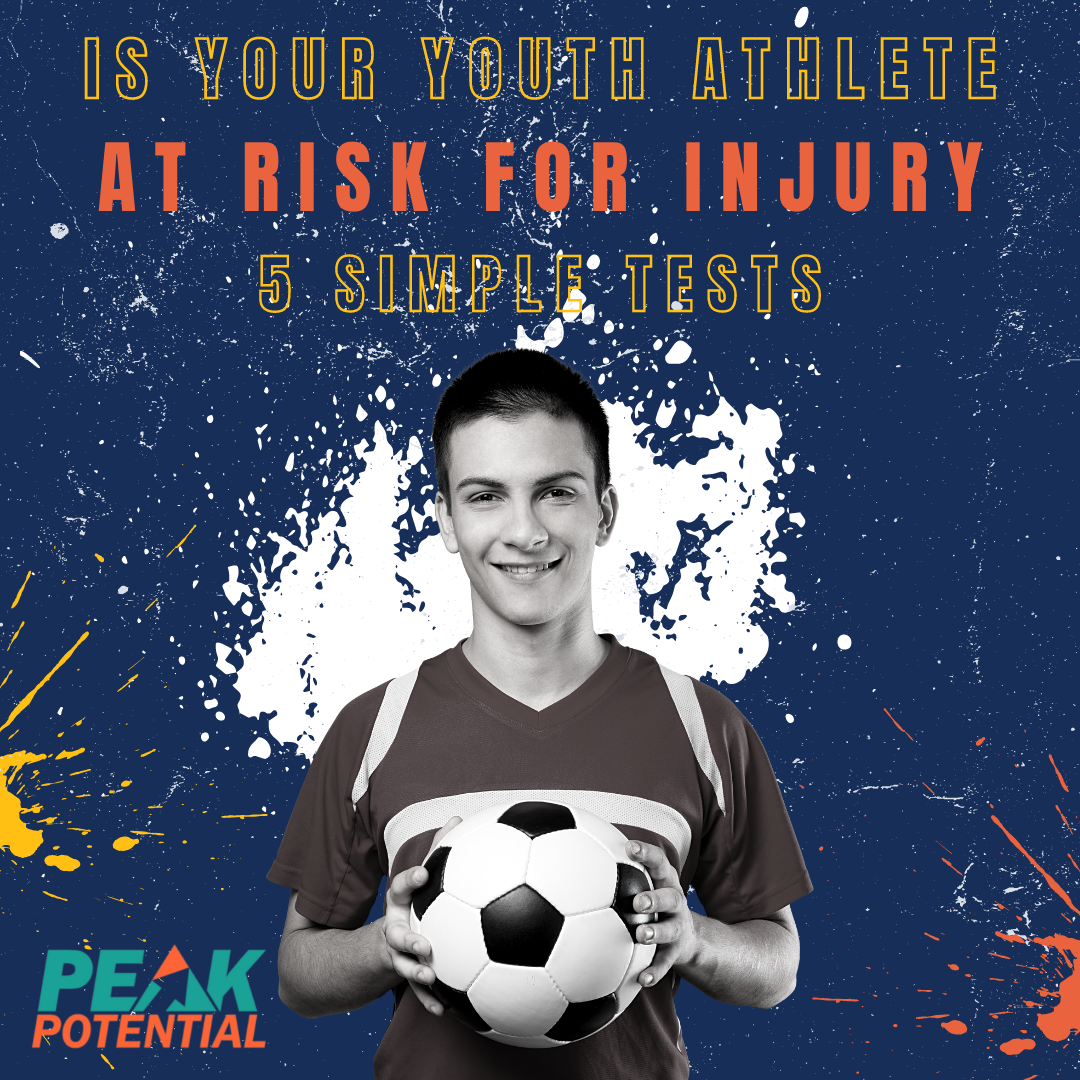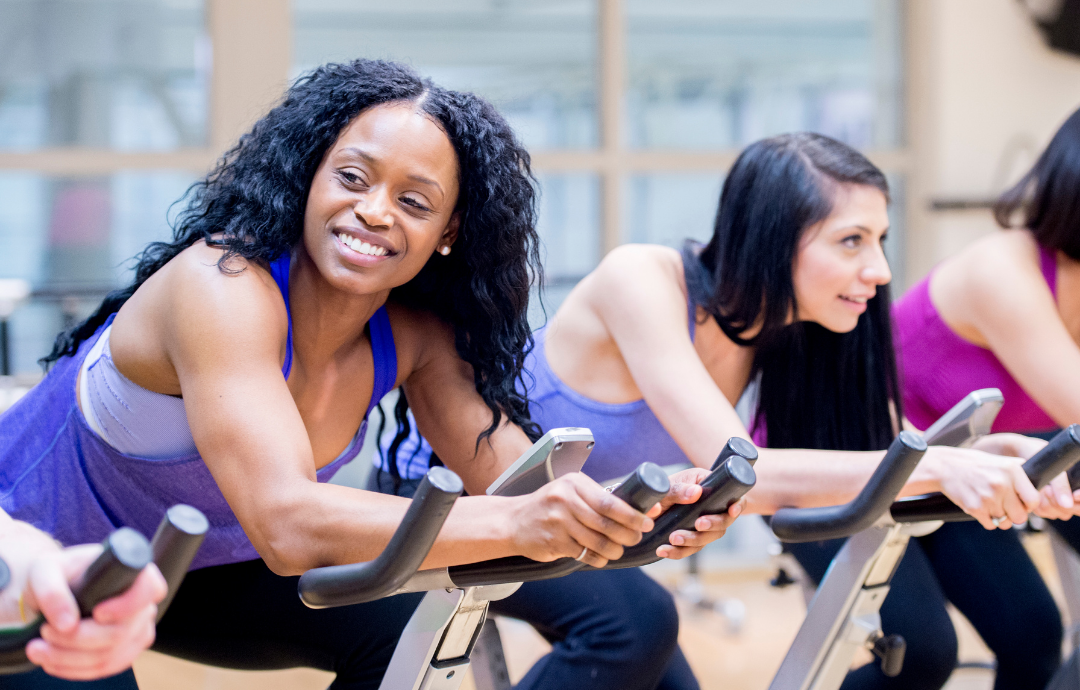Feeling the strain?
You’re not alone if you’ve ever caught yourself slouching at your desk or feeling stiff after a long day. Unhealthy postures aren’t just uncomfortable – they can lead to chronic pain and decreased mobility. Our latest blog post, “Ending the Painful Cycle of Poor Posture,” dives deep into how simple changes and professional guidance can make a world of difference. Ready to stand taller and feel better? Read on!
The concern about poor posture goes much deeper than vanity. Of course, none of us want to walk around hunched over, feeling older than our true age, or shrinking in height as the years go by. Poor posture can cause physical pain because it is taxing on the muscles and joints. Over time, this causes deterioration in the spine resulting in headaches, neck, shoulder, and back pain.
Posture and pain end up being a viscous cycle. Poor posture causes pain which causes worst posture and subsequently worse pain. But what if you could break free from this cycle? Together, we can end the painful cycle of poor posture.
Poor posture can be caused by a multitude of factors including:
- increased stress
- history of injury
- increased body fat or low muscle mass
- unsupportive or improper footwear
- poor core function or coordination
- muscle weakness or tightness
- compensation for pain
An unhealthy posture caused by any of these factors affects more than just your look of poise and confidence. A health body position and alignment ensures the entire body functions properly. This not only includes your muscles, bones, and joints, but also your internal orangs – it is all connected after all.
Additional effects posture has on the body include:
- balance and equilibrium
- digestion and absorption of nutrients
- breathing and the respiratory system
- energy and self image
What actually is a healthy posture?
In sitting:
- head straight
- knees lower than hips
- shoulders back and relaxed
- feet flat on the floor
In standing:
- shoulders back with chest perpendicular to the floor
- chin parallel to the ground
- keep a slight bend in your knees
- keep feet about shoulder width apart
When either sitting or standing, be aware of and avoid unbalanced postures such as crossing legs while sitting, leaning to one side, hunching the shoulders forward, or tilting the head. In fact, the best way to maintain a relaxed yet supported posture is to change positions frequently.
Now that you’ve learned about the impact of poor posture and what healthy posture look like, what’s next? Taking action. Schedule an evaluation with a doctor of physical therapy to get personalized insights and solutions tailored to your body’s needs. Let’s work together to create a plan that not only relieves your pain but also strengthens your future. Make your health & future happiness a priority—book your assessment HERE today!
Inquire about cost and appointment availability from our website or call 901-316-5456 for our Collierville Clinic or 901-665-0550 for our Memphis clinic.









